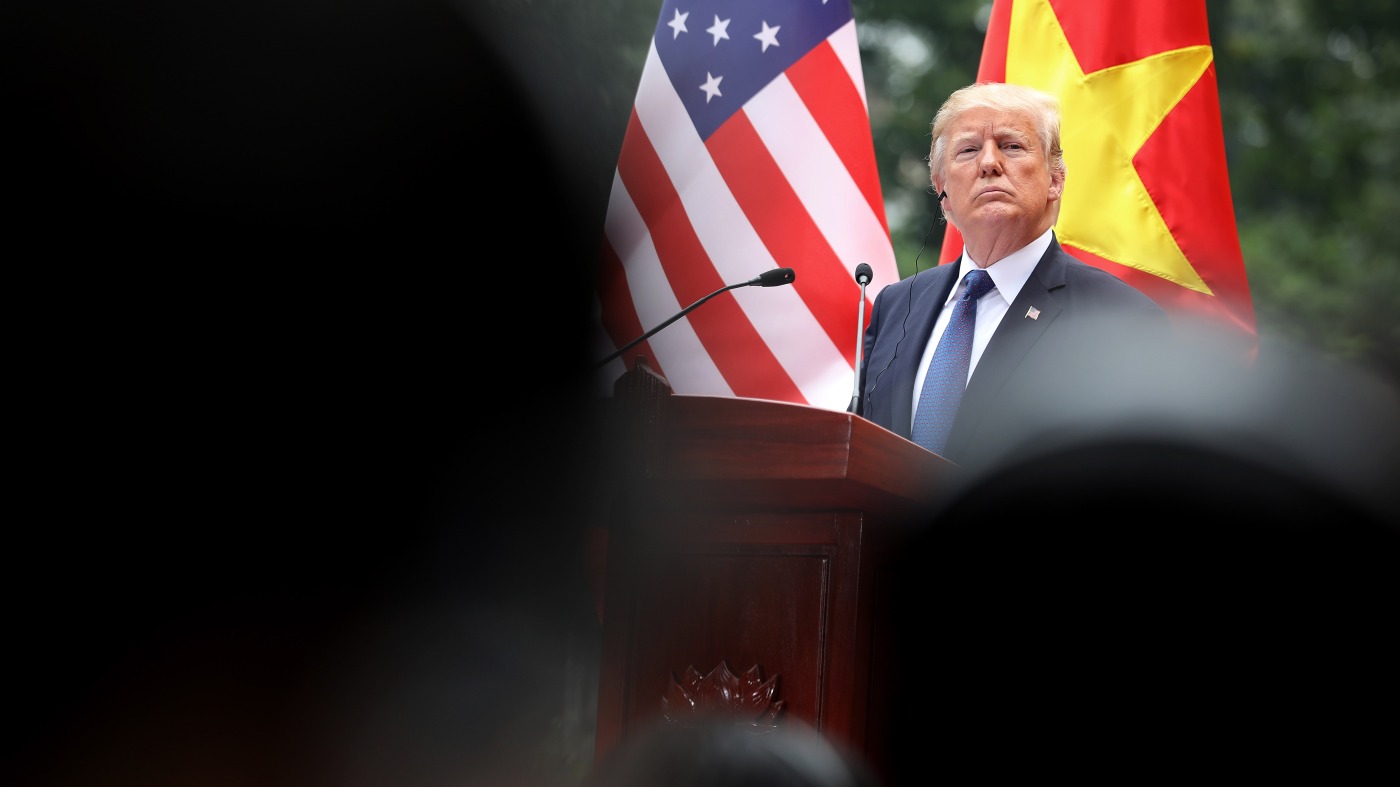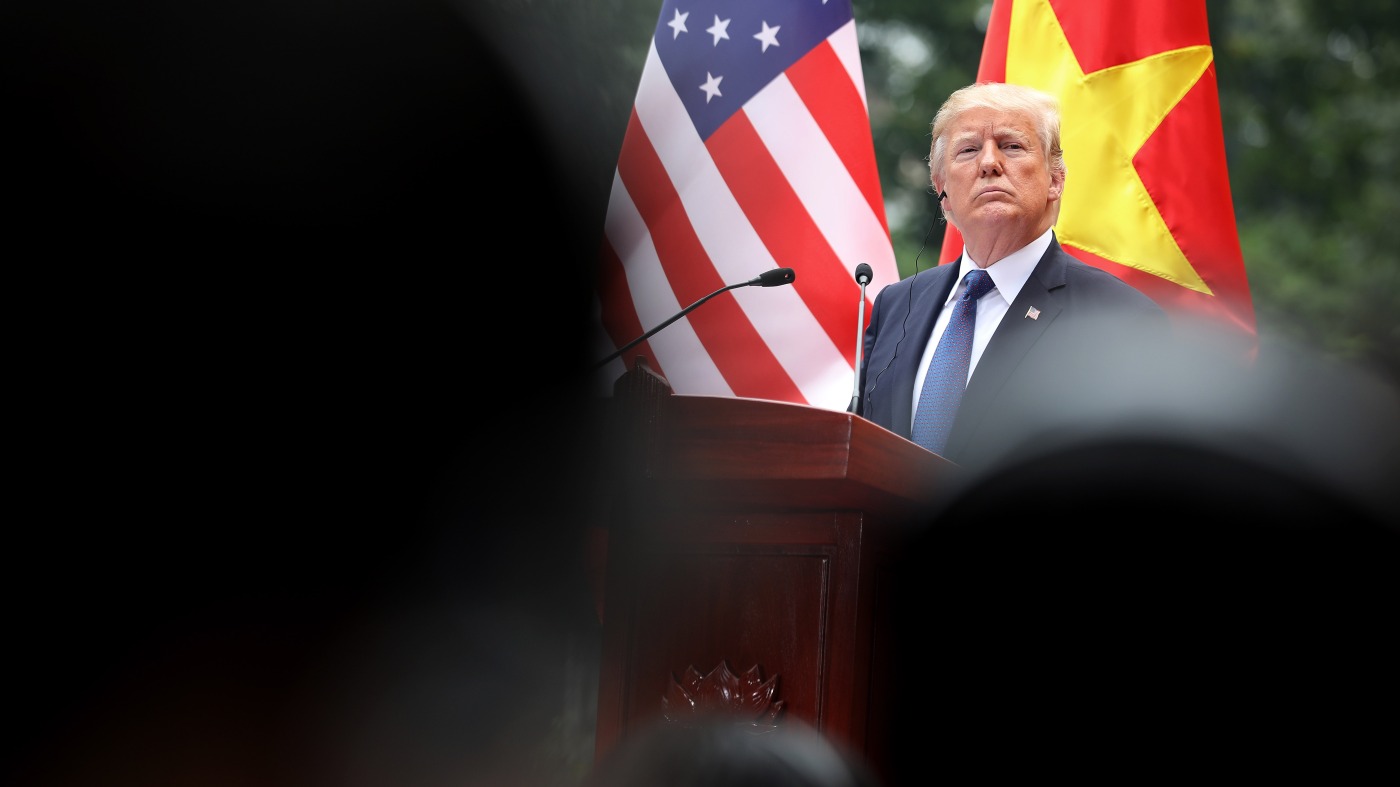The US-Vietnam trade deal, announced by former President Donald Trump, has sparked significant interest and debate, particularly within industries heavily reliant on transpacific trade. While the agreement lacks detailed specifics, key elements such as tariffs on Vietnamese imports and market access for US goods have been highlighted. This preliminary analysis examines the potential implications of the deal, its historical context, and the uncertainties that surround its implementation.
The Core of the Agreement: Tariffs and Market Access
The trade deal’s central focus is on tariffs, with Trump’s administration proposing a 20% tariff on many Vietnamese exports. Additionally, a 40% tariff would be imposed on goods suspected of being transshipped through Vietnam to circumvent US trade restrictions. In exchange, Vietnam is expected to open its market to US products, allowing them to enter at zero tariffs. This reciprocal approach aligns with Trump’s broader trade strategy, which emphasizes reducing trade deficits by making imported goods more expensive and encouraging domestic production.
Reciprocal Tariffs: A Trump Trademark
Trump’s trade policies have consistently emphasized reciprocal tariffs as a means to balance trade relationships. By imposing tariffs on Vietnamese goods, the US aims to reduce its trade deficit with Vietnam, which has grown significantly in recent years. The strategy is designed to incentivize domestic manufacturing and consumption, though its effectiveness in the Vietnamese context remains uncertain. Vietnam’s role as a key manufacturing hub for global brands means that higher tariffs could lead to increased production costs, potentially affecting consumer prices in the US.
Addressing Transshipments: Closing Loopholes
The 40% tariff on transshipped goods is a direct response to concerns about trade circumvention. Transshipment occurs when goods are shipped through Vietnam from other countries, such as China, to avoid US tariffs. This provision aims to ensure that only genuinely Vietnamese-made products benefit from preferential treatment, reinforcing the integrity of US trade policies. However, enforcing this measure will require robust monitoring and verification mechanisms to prevent misuse.
Context: Shifting Trade Dynamics
The US-Vietnam trade relationship has evolved significantly in recent years, driven by broader geopolitical and economic factors. Vietnam has emerged as a critical player in global supply chains, particularly in the apparel, footwear, and electronics sectors. Its strategic location, competitive labor costs, and growing manufacturing capabilities have made it an attractive alternative to China, especially amid the US-China trade war.
Vietnam’s Growing Importance
Vietnam’s rise as a manufacturing hub is a direct result of its ability to attract foreign investment and develop a skilled workforce. The country has become a preferred destination for companies looking to diversify their supply chains away from China. This shift has been accelerated by the US-China trade tensions, which have prompted many businesses to relocate production to Vietnam to avoid tariffs on Chinese goods. As a result, Vietnam’s exports to the US have surged, making it a vital trade partner for American companies.
US-China Trade Tensions: A Catalyst
The US-China trade war, initiated by Trump, has had a profound impact on global trade dynamics. As US tariffs on Chinese goods increased, many companies turned to Vietnam as a viable alternative. This shift has not only boosted Vietnam’s economy but also deepened its trade ties with the US. The US-Vietnam trade deal can be seen as an effort to formalize and stabilize this relationship, ensuring that both countries benefit from the ongoing realignment of global supply chains.
From Potential Tariffs to a Deal: A Shift in Stance
Initially, Trump proposed a 46% tariff on Vietnamese imports, a move that would have significantly disrupted trade between the two countries. However, this proposal was later paused to allow for negotiations, culminating in the current deal with a 20% tariff. This shift suggests a willingness to find a balanced solution that addresses US concerns while maintaining Vietnam’s economic interests. The deal reflects a pragmatic approach to trade policy, recognizing the importance of Vietnam as a strategic partner in the Indo-Pacific region.
Potential Impacts: Winners and Losers
The US-Vietnam trade deal is expected to have varied impacts across different sectors and stakeholders. While some industries may benefit from increased market access, others could face higher costs and reduced competitiveness.
Apparel and Footwear: A Mixed Bag
Companies like Nike and Lululemon, which rely heavily on Vietnamese manufacturing, initially reacted positively to the deal, with their stock prices rising upon the announcement. However, the subsequent clarification that a 20% tariff would be imposed tempered these gains. The tariff could lead to higher production costs for these companies, potentially resulting in price increases for consumers. The extent of these impacts will depend on how companies choose to absorb or pass on the tariff costs.
US Manufacturers: Leveling the Playing Field?
The deal is positioned as an opportunity for US manufacturers to gain better access to the Vietnamese market. By eliminating tariffs on US goods, the agreement aims to create a more level playing field for American companies. However, the success of this initiative will depend on Vietnam’s actual implementation of the zero-tariff policy and the competitiveness of US products in the Vietnamese market. US manufacturers will need to demonstrate that their goods can compete with local and other foreign products to fully capitalize on this opportunity.
Vietnamese Exporters: Adapting to New Realities
Vietnamese exporters will face the challenge of adapting to the new tariff regime. While the 20% tariff is lower than the initially proposed 46%, it still represents a significant cost increase for exporters. To remain competitive, Vietnamese companies may need to improve efficiency, diversify their export markets, or absorb some of the tariff costs. The long-term impact on Vietnam’s export-driven economy will depend on how effectively these adjustments are made.
Consumers: Potential Price Hikes
Consumers in the US could see price increases on goods imported from Vietnam, particularly in the apparel and footwear sectors. The extent of these price hikes will depend on how companies choose to manage the additional costs. If companies pass on the full tariff to consumers, prices could rise significantly, affecting purchasing power. Alternatively, if companies absorb some of the costs, the impact on consumers may be less severe.
Uncertainties and Caveats: Details Matter
Despite the announcement of the trade deal, several uncertainties remain, particularly regarding the specifics of the agreement. The lack of detailed information about which goods will be subject to the 20% tariff, how the zero-tariff policy for US goods in Vietnam will be implemented, and the enforcement mechanisms for preventing transshipments are critical issues that need to be addressed.
Lack of Specifics: The Devil is in the Details
The absence of detailed information about the agreement raises concerns about its potential impact. Without clear guidelines on which products will be affected by the tariffs and how the zero-tariff policy will be enforced, businesses and consumers may struggle to plan accordingly. The success of the deal will depend on the clarity and transparency of its implementation, ensuring that all parties understand their obligations and rights.
Political Considerations: A Shifting Landscape
The US-Vietnam trade relationship is influenced by broader geopolitical considerations, particularly the US’s strategic interests in the Indo-Pacific region. Vietnam’s role as a counterbalance to China’s growing influence is a significant factor in shaping US trade policies. As such, the trade deal may be influenced by political considerations beyond purely economic factors, adding another layer of complexity to its implementation.
Implementation Challenges: Turning Words into Action
Even with a signed agreement, implementation challenges could arise. Ensuring compliance with the terms of the deal, resolving disputes, and adapting to changing economic conditions will require ongoing effort and cooperation from both sides. The success of the agreement will depend on the ability of both countries to work together to address these challenges and ensure that the deal delivers its intended benefits.
A Tentative Truce: The Road Ahead
The US-Vietnam trade deal represents a significant development in the trade relationship between the two countries. While the agreement includes tariffs, it also opens up opportunities for increased trade and investment. The deal reflects a willingness of both sides to engage in negotiations and find common ground. However, the success of the agreement will depend on the details, the implementation, and the broader geopolitical context. As details emerge, a clearer picture of the deal’s true impact will undoubtedly surface. Until then, it remains a tentative truce in the ongoing saga of global trade.








